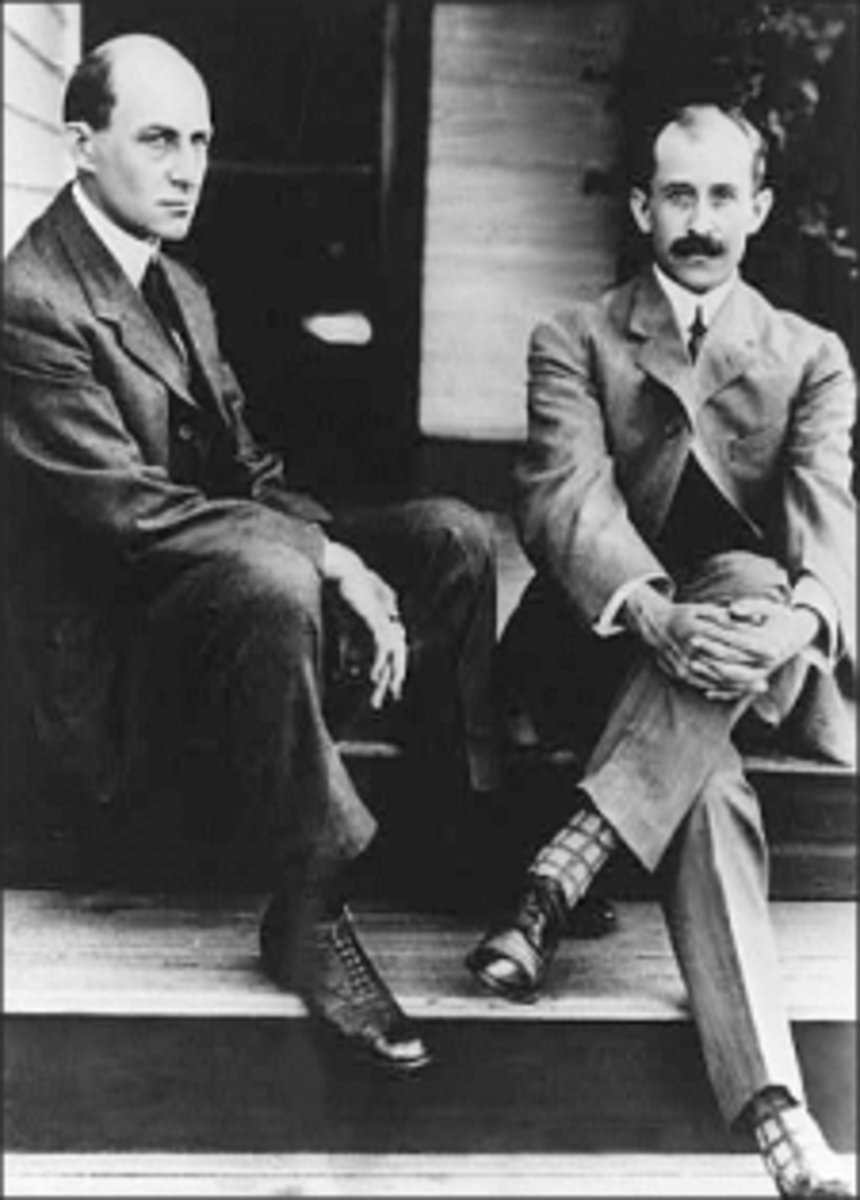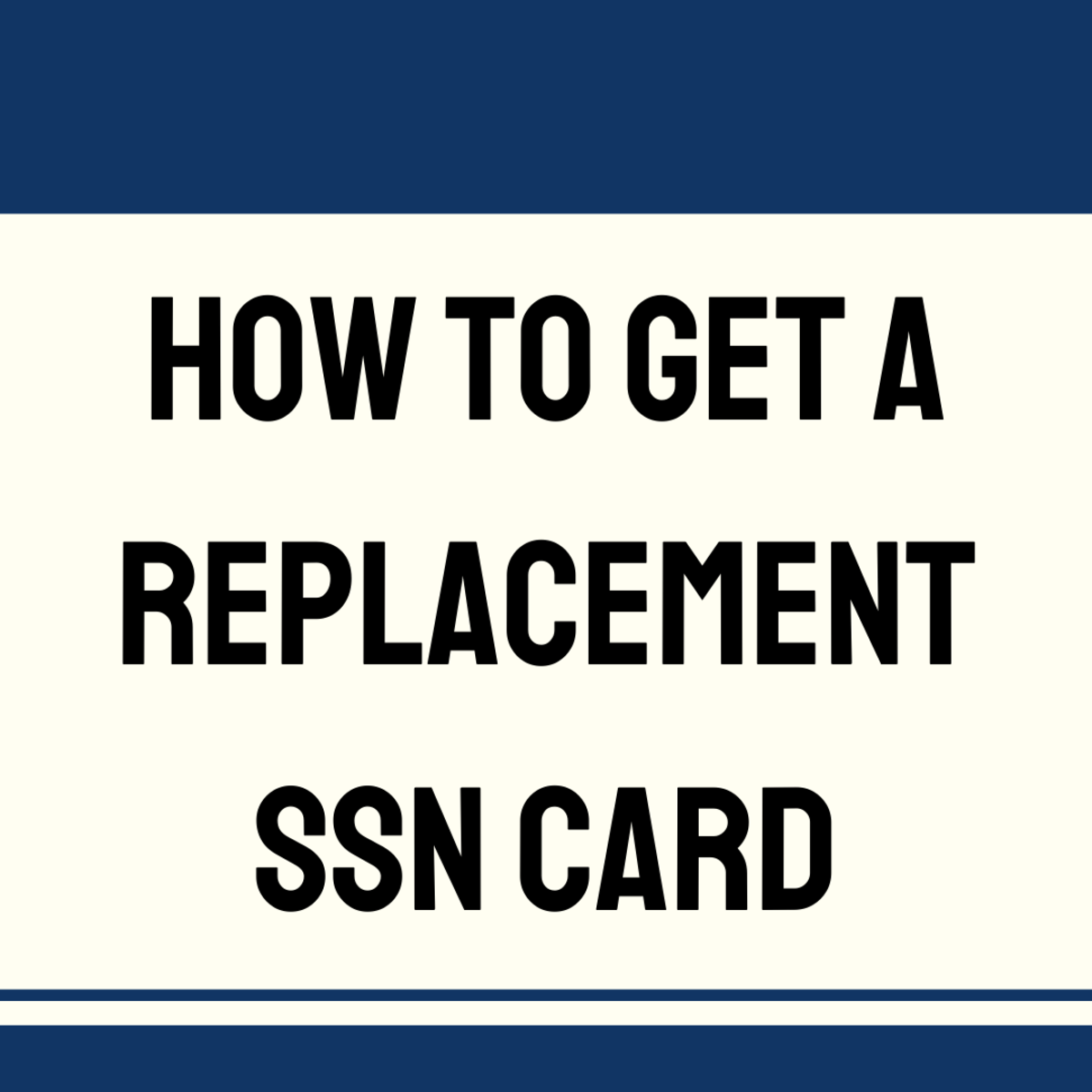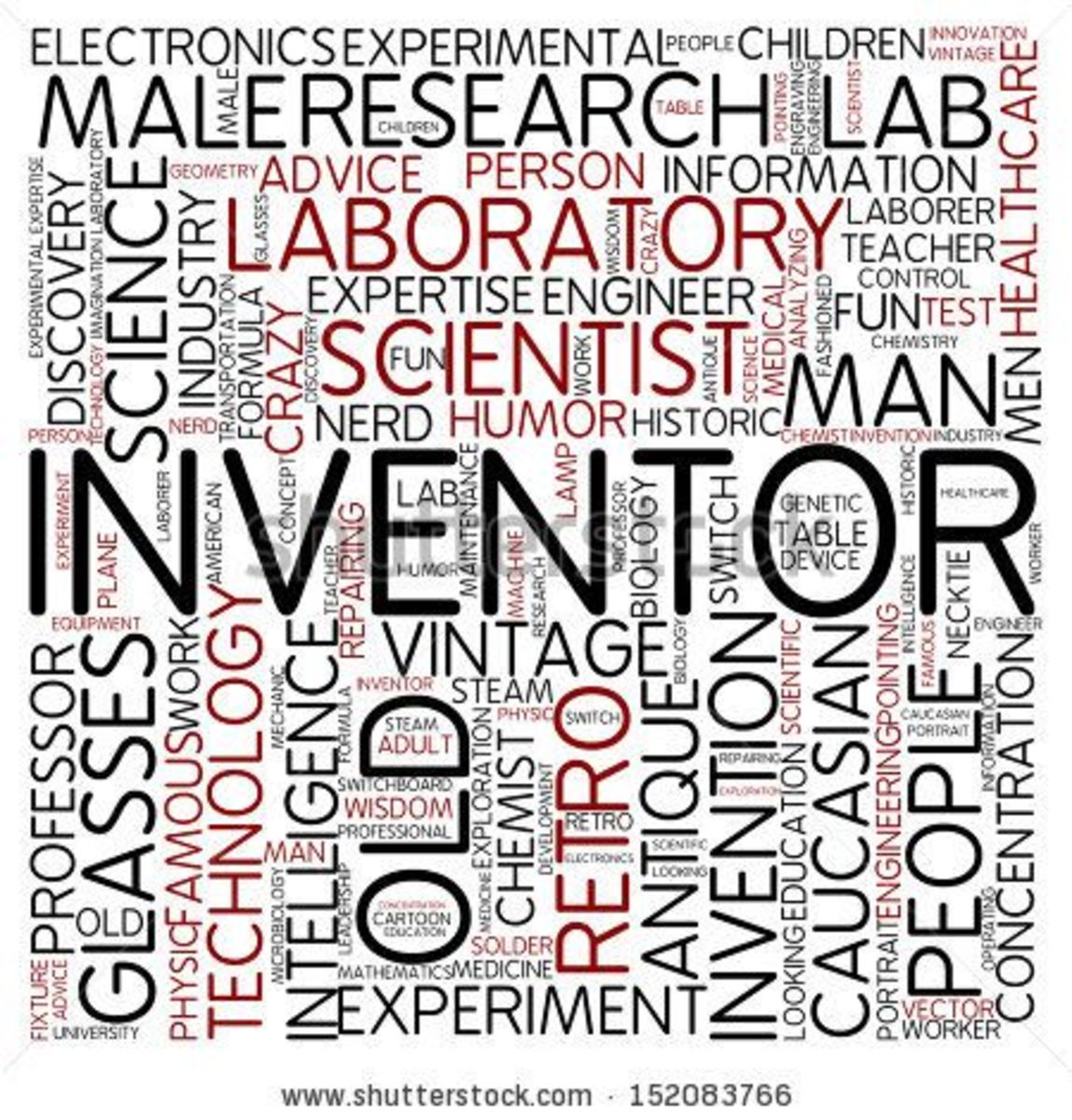Invention, Patent, and USPTO
It is no easy task to come up with an invention of your own. It is even more timing consuming to obtain a patent to protect your invention. At present, the most common approach to secure a patent in the United States is to hire a lawyer who is specialized in the field. The lawyer will get all the necessary information about your invention and convert them into documents that comply with the standard required by the USPTO (United States Patent and Trademark Office). Of course, the lawyer will charge you a handsome fee for the paper works as well as the correspondence with the USPTO.
However, if your invention is straight forward, you may consider applying for the patent all by yourself. Fortunately, USPTO has setup a comprehensive website with step by step information to allow ordinary citizen to participate in the process.
Utility Patent
There are three types of patents; utility, design, and plant. Utility is the most common type of patents which are awarded to inventions that produce some sort of function and result (as opposed to design patents, which protect purely artistic or ornamental designs). They give the owner exclusive rights to use, manufacture, and sell the product for 20 years. There are also two subtypes of utility called provisional and non-provisional. Since a provisional patent application is not reviewed by the USPTO, only the non-provisional utility patent is discussed here .
Patent Search
Before spending time and money, it is essential to make sure that your invention is unique and has not been patented before. There are two approaches that can be easily taken to perform the search.
The first one is to go to the USPTO website:
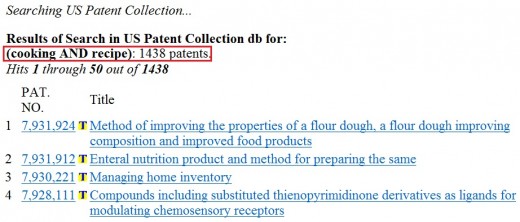
The second one is to go to the Google Patents website: http://www.google.com/patents?q=pai+gow+poker&spell=1&oi=spell
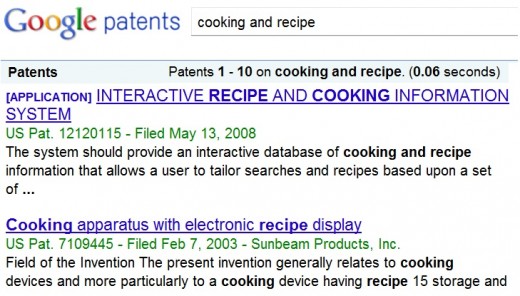
Patent Documents
A utility patent application must include a specification, including a claim or claims; drawings, when necessary; an oath or declaration; and the prescribed filing fees. A complete utility patent application should contain the elements listed below, arranged in the order shown.
1. Utility Patent Application Transmittal Form or Transmittal Letter
Form PTO/SB/05 can be downloaded from the USPTO website to be filled with the type of papers being filed and the number of pages, for example: specification page, claims page, or six drawing pages.
2. Application Data Sheet(when necessary)
It contains bibliographic data, arranged in a format specified by the USPTO.
3. Specification (with at least one claim)
See below.
4. Drawings (when necessary)
See below.
5. Oath or Declaration
Form PTO/SB/01 can be downloaded from the USPTO website. It identifies the patent application with the applicants, and must give the name, city, and either state or country of residence, country of citizenship, and mailing address of each inventor. It must state whether the inventor is a sole or joint inventor of the invention claimed.
Specification
The document that describes your invention is called the Specification. It needs to contain the following sections:
• TITLE OF INVENTION
• CROSS-REFERENCE TO RELATED APPLICATIONS
• STATEMENT REGARDING FEDERALLY SPONSORED RESEARCH OR DEVELOPMENT
• REFERENCE TO A SEQUENCE LISTING, A TABLE, OR A COMPUTER PROGRAM, LISTING
COMPACT DISC APPENDIX
• BACKGROUND OF THE INVENTION
• BRIEF SUMMARY OF THE INVENTION
• BRIEF DESCRIPTION OF THE SEVERAL VIEWS OF THE DRAWING
• DETAILED DESCRIPTION OF THE INVENTION
• CLAIM OR CLAIMS
• ABSTRACT OF THE DISCLOSURE
For the first time inventor trying to figure out what kind of details needed for each section, the best way is to study what others had written before. These materials are available on-line as already granted and published patents. By using the patent search websites described above, you can find and read the inventions that are most similar to yours.
Document Format
All documentations to be filed electronically are required to be in a standard format. Please read my HubPage at http://hubpages.com/hub/USPTO-E-File for details.
EBC
The Patent Electronic Business Center (EBC) is the USPTO Patents support organization that provides customer support for electronic filing of your patent. These include the submission and access issues as well as general assistance. Systems that are supported include EFS-Web, Public and Private PAIR (Patent Application Information Retrieval). By applying for a customer number and a digital certificate, you become a registered user and is allowed the access and use of EFS-Web and Private PAIR using your PC. As a registered user, you will also gain the ability to electronically save materials being created for submission, to file follow-on materials using EFS-Web, and to review the status of your submissions and to track your patent applications online.
Customer Number
A Customer Number allows you to easily correlate all your filings and correspondence with a single mailing address, eliminating typographical errors or variations in addresses that can make it difficult to correspond with the USPTO. This Customer Number will also ensure that only you can access your patent application information. Go to the following website to apply for the Customer Number:
http://www.uspto.gov/patents/process/file/efs/guidance/register.jsp#heading-1
The completed application form requires to be notarized by a certified Notary Public.
Digital Certificate
You need to have a Customer Number first before you can apply for the Digital Certificate. The USPTO provides a high level of security for e-Commerce users through a security architecture called Public Key Infrastructure (PKI). Use the same website as listed for the Customer Number to apply for the Digital Certificate. After you received the PKI Certificate Authorization Code and the Reference number, you will be instructed to create your Digital Certificate along with a Password which you will use to gain access of EFS-Web to file your patent application and Private PAIR to check patent status:
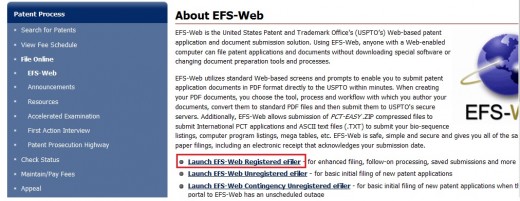
E-file Online
To upload your electronic documents, go to EFS-Web and select Launch EFS-Web Registered eFiler. That will bring you to the User Authentication page.

After entering your Digital Certificate and Password, you will enter the EFS page and follow the instructions to start your New Application.
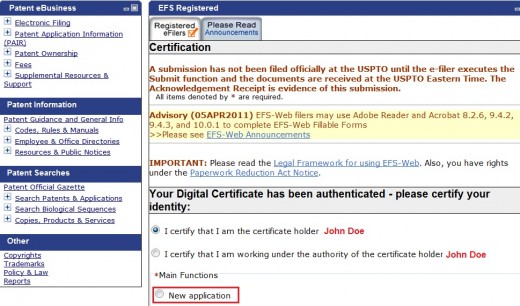
Application Fee
According to the USPTO, a small entity can be a for-profit company with 500 or fewer employees, a nonprofit organization or an independent inventor. A small entity pays reduced fees (50% discount) to the USPTO for many of their filing fees. The eventual fee is also depending on how many claims you have for your invention. According to the latest USPTO data, the minimum application fee is $460.
Private PAIR
After you are notified that your patent application is accepted, you will be given an application number which can be used to check the status of your submissions by going to the following website:

Selecting the Private PAIR brings you to the User Authentication page. After entering your Digital Certificate and Password, you will enter the Check Status page. By entering your application number, you will have full access to your patent application data.
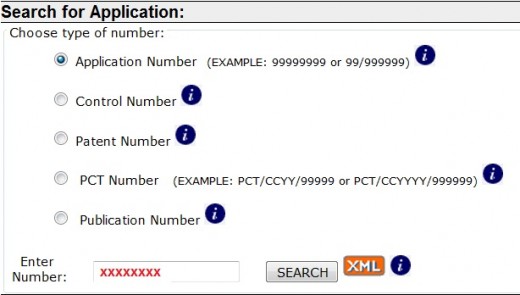
The patent office examines roughly 500,000 applications every year. That has led to a 700,000-patent backlog and a three-year waiting period for the average patent to receive approval. However, a reform to overhaul the United States' outdated and flawed patent system is in the work. Hopefully, the backlog and the waiting time will be reduced.

